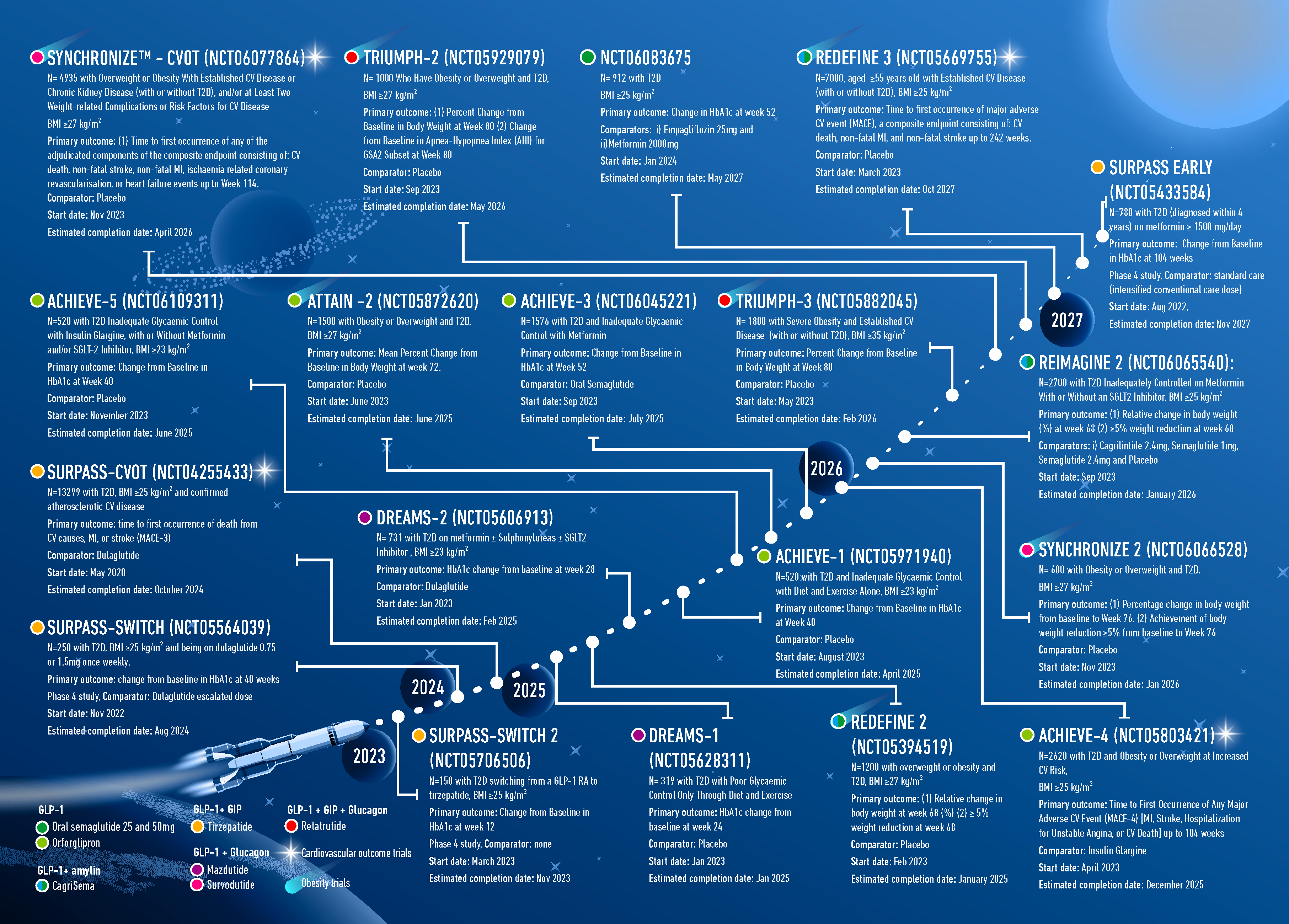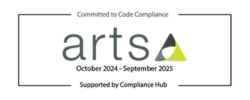Graphic helps doctors navigate future of type 2 diabetes treatment
)
The new frontier of type 2 diabetes medicines has been made simple by a Leicester researcher, who has produced a graphic which plots 19 ongoing studies and their outcomes. The explanatory graphic has been included as part of a recently published review.

Creator of the graphic, Dimitris Papamargaritis, Associate Professor in Diabetes and Endocrinology for Leicester Diabetes Centre, explains: “Over the last few years, researchers have carried out many studies into the effects of the new glucagon-like peptide-1 (GLP-1) receptor agonists (RAs) weight loss medicines such as semaglutide.
"Apart from their weight loss benefits, these medications are established treatments for type 2 diabetes, and they also have cardio-renal and metabolic benefits.
“There is currently an explosion in the pipeline of medications for type 2 diabetes and obesity based on GLP-1 receptor agonism that can be overwhelming, which is why we carried out this review.”
In the paper and accompanying graphic, published in Expert Opinion on Pharmacotherapy in May 2024, Dr Papamargaritis and colleagues review the data from studies into oral GLP-1 RAs (oral semaglutide 25/50mg and orforglipron) and dual and triple agonists (tirzepatide, cagrilintide 2.4mg/semaglutide 2.4mg, survodutide, mazdutide, retatrutide) that have recently completed phase 3 trials for type 2 diabetes or are currently in phase 3 clinical trials.
Dr Papamargaritis adds: “We are in a new era in type 2 diabetes management where treatments based on the combination of GLP-1 with other entero-pancreatic hormones can result in significant weight loss and help blood glucose remain within the normal range.
“Current and future pharmacotherapies will undoubtedly provide the opportunity fr individualised treatment for patients.
“Sharing what we know about the obesity and type 2 diabetes medicines and their separate and combined benefits in reviews such as ours will enable doctors to be aware of the new treatment developments and their potential in clinical practice.”
For the full paper click here: https://www.tandfonline.com/doi/full/10.1080/14656566.2024.2356254



)
)
)
)

)
)
.jpg/fit-in/1280x9999/filters:no_upscale())
.png/fit-in/1280x9999/filters:no_upscale())
)
)
)
